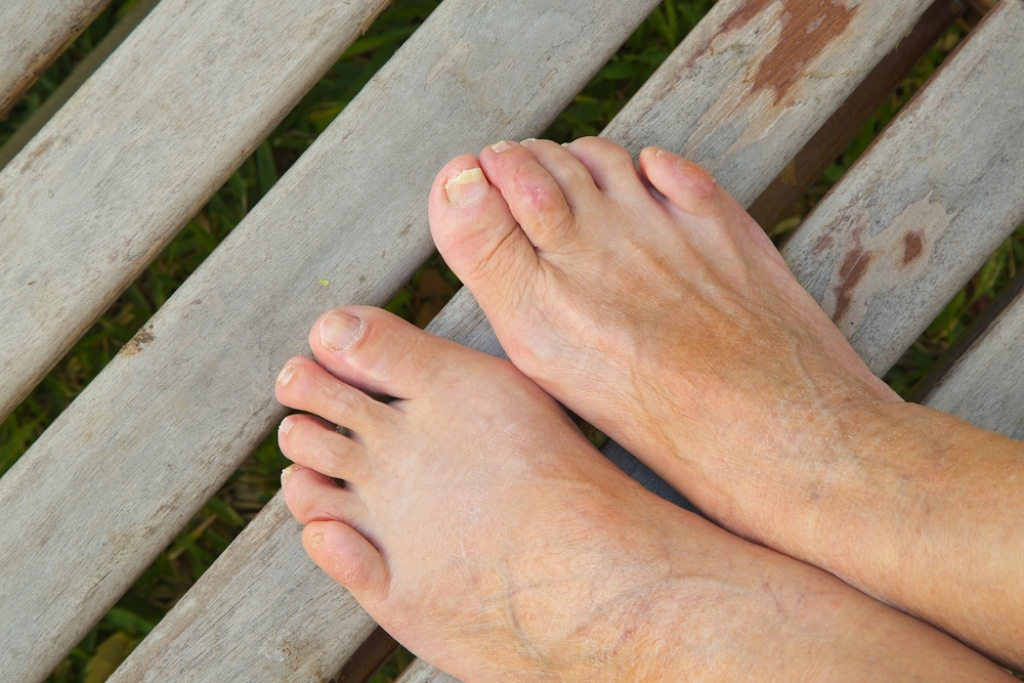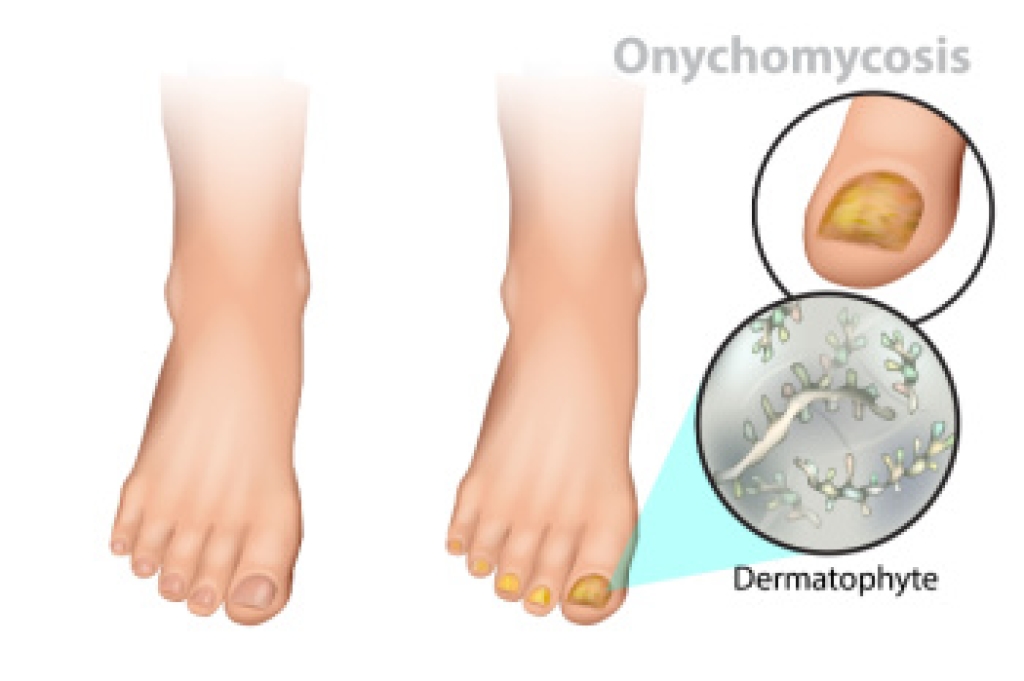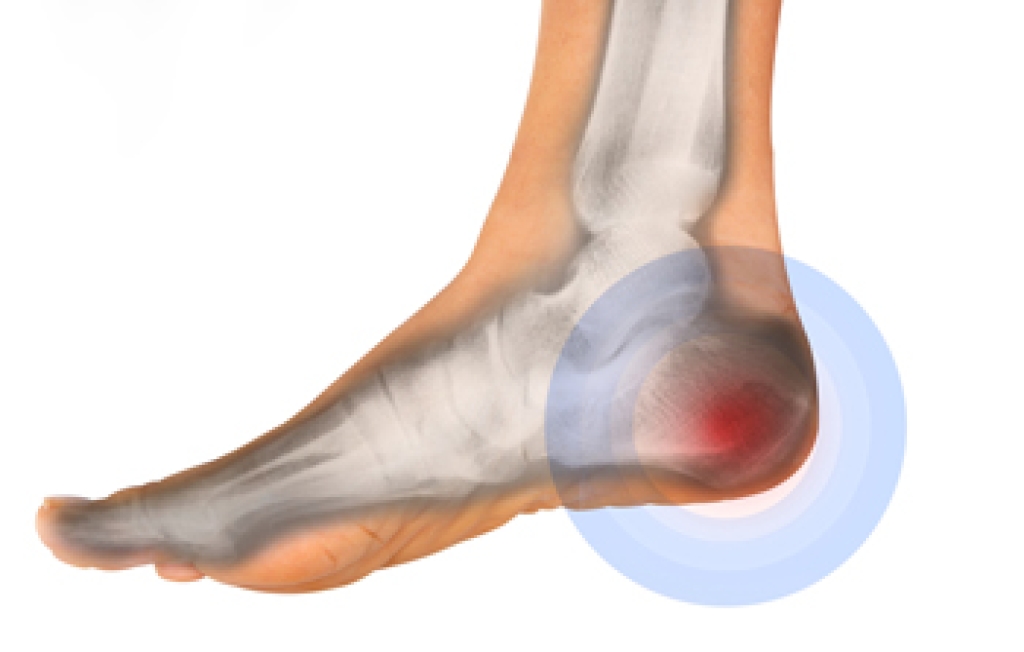
Football places intense strain on the feet and ankles, and the push-off forces used for sprinting or sudden direction changes can damage the thick tendon behind the heel. The Achilles tendon, which links the calf muscles to the heel bone, allows a player to jump, run, and accelerate. Quick bursts of speed, tackling, and uneven fields increase tension in this tendon, making a tear more likely, especially when a player lands awkwardly or the ankle twists. A rupture causes sharp pain, swelling, and difficulty standing on the toes. A podiatrist can assess the tendon, order imaging, discuss footwear that provides support, and recommend treatment such as bracing, therapy guided exercises, or surgery when needed to restore strength and mobility. If you have Achilles tendon pain, it is suggested that you schedule an appointment with a podiatrist for a diagnosis and safe, sterile treatment.
Achilles tendon injuries need immediate attention to avoid future complications. If you have any concerns, contact one of our podiatrists of Front Range Podiatry. Our doctors can provide the care you need to keep you pain-free and on your feet.
What Is the Achilles Tendon?
The Achilles tendon is a tendon that connects the lower leg muscles and calf to the heel of the foot. It is the strongest tendon in the human body and is essential for making movement possible. Because this tendon is such an integral part of the body, any injuries to it can create immense difficulties and should immediately be presented to a doctor.
What Are the Symptoms of an Achilles Tendon Injury?
There are various types of injuries that can affect the Achilles tendon. The two most common injuries are Achilles tendinitis and ruptures of the tendon.
Achilles Tendinitis Symptoms
- Inflammation
- Dull to severe pain
- Increased blood flow to the tendon
- Thickening of the tendon
Rupture Symptoms
- Extreme pain and swelling in the foot
- Total immobility
Treatment and Prevention
Achilles tendon injuries are diagnosed by a thorough physical evaluation, which can include an MRI. Treatment involves rest, physical therapy, and in some cases, surgery. However, various preventative measures can be taken to avoid these injuries, such as:
- Thorough stretching of the tendon before and after exercise
- Strengthening exercises like calf raises, squats, leg curls, leg extensions, leg raises, lunges, and leg presses
If you have any questions please feel free to contact our office located in Littleton, CO . We offer the newest diagnostic tools and technology to treat your foot and ankle needs.




